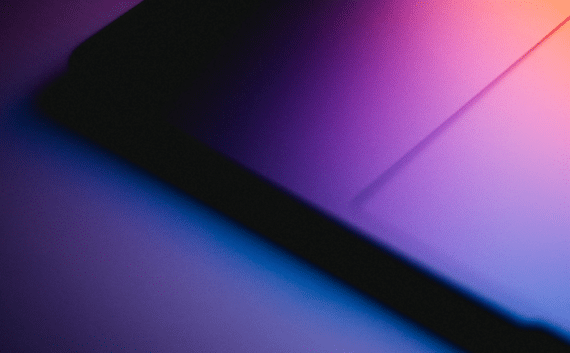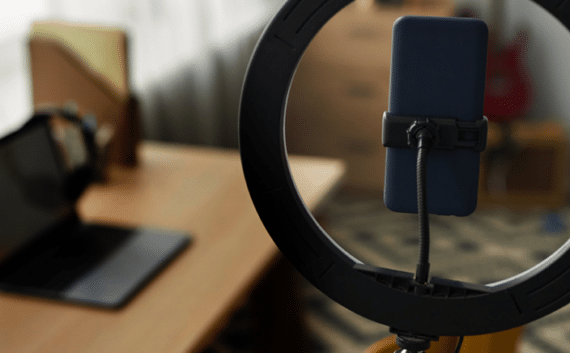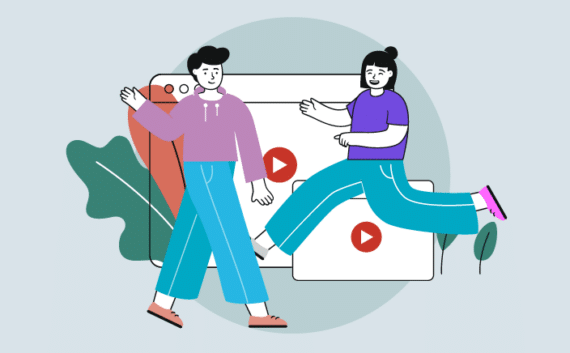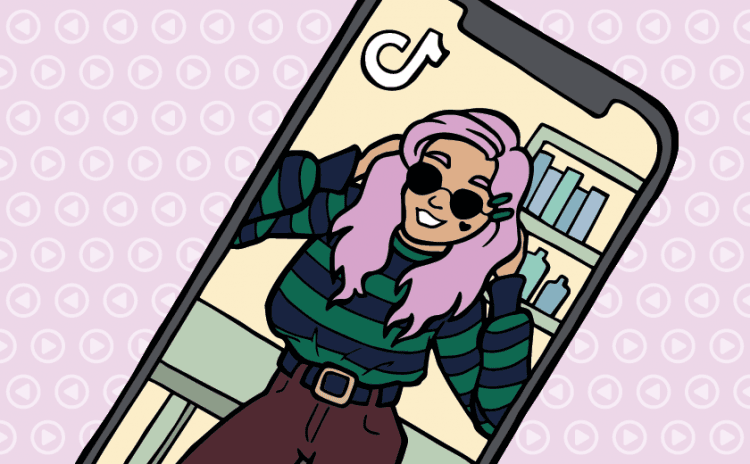
As one of the most downloaded apps in 2018, ranking higher than LinkedIn, Twitter, Pinterest, and Snapchat in monthly use, and with over 500 million active users worldwide, could TikTok be the biggest tool missing from your marketing toolbox?
What is TikTok?
TikTok is a mobile-first, video-sharing social media app, similar to ‘Vine’ (which was shut down in 2017), where users can create, share and watch short videos of up to 15 seconds, edited with music, filters, effects and other features.
The app’s infrastructure is much like any other social media platform, as users can create their profile, follow and interact with other profiles, like, comment on, and share videos, and send direct messages. Also, thanks to its sophisticated content-recommending algorithm, every users’ feed is tailored to their interests, making it the next best video binge platform since YouTube.
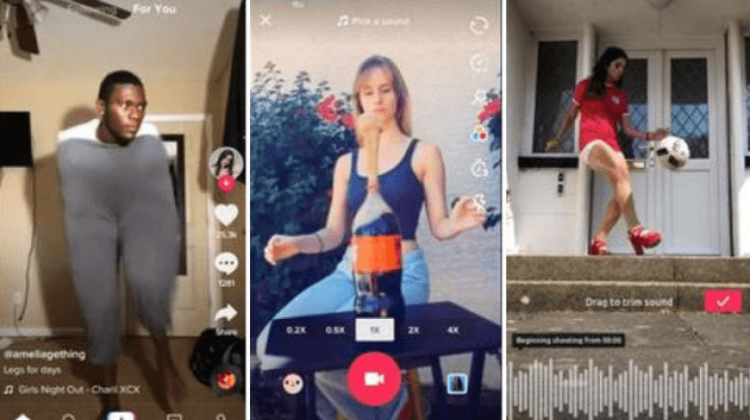
TikTok was launched in 2017 by Chinese tech company ‘ByteDance’ and was later merged with another similar app ByteDance acquired called ‘musical.ly’, to leverage its US teenage market. By consolidating all existing accounts from the two apps into one, the rebranded TikTok exploded in international reach and in popularity to become one of the most downloaded apps in 2018.
In Australia and New Zealand alone, there are 1.4 million monthly active users driving 1.6 billion video views every month.
Part of what makes TikTok so popular with its users is that it’s an outlet for creativity, performance and entertainment. Because it’s so simple to use – anyone can become a content creator. So, what you have on TikTok is a global community of Gen-Y/Z creators driving hit songs, products and trends.…and this is what has marketers rubbing their hands together.
How brands can use TikTok
When it comes to advertising, TikTok is still in its infancy, as the app has only just begun to explore paid advertising. But with users spending 52 minutes per day on average on TikTok, it’s worth looking into the things you can do on the app to get seen. Here are some of the options for paid advertising on TikTok that brands can utilise:
In-feed native content ads appear in a user’s feed like any other video in-app. These ads play in full screen, are skippable and are up to 60 seconds in length. Multiple targeting options are available and the ad’s success can be measured through impressions, views, click-through rate (external and internal landing pages supported) and engagements. Users can engage with in-feed ads via likes, comments, shares and account follows, and are allowed to create videos using the ad’s soundtrack. Brands can create in-feed ads without building an account first.
Hashtag challenges — This ad campaign encourages user-generated content. Challenges, which are searchable by hashtag, include simple guidelines so anyone can attempt them, but are flexible enough to enable users to put their spin on the challenge. Trending challenges often cross over to Facebook, YouTube and Twitter, where hundreds of reaction and compilation videos revel in the best and the worst on TikTok.
Jimmy Fallon’s #tumbleweed challenge, which called for users to roll on the floor like a tumbleweed, generated over 8,000 submissions and more than 10.4 million engagements.
Top view ads are 5-60 seconds videos (optimised for 15 seconds), which display immediately upon opening TikTok. Users can engage with the ad via likes, comments, shares and account follows. External and internal landing page conversions are supported for this ad type.
A Brand Takeover allows one brand to take over the app for a day with a full-screen ad (3-second image or 3-5 second video – sound-off) .This ad type appears instantly when users open TikTok. A Brand Takeover can be used to drive users to an internal destination (eg. hashtag challenge) or external destination (eg. landing page)
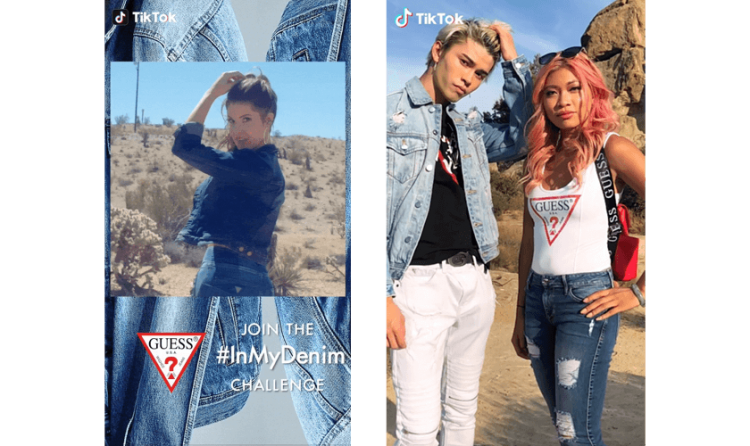
Fashion brand, GUESS, partnered with TikTok in 2018. GUESS staged a brand takeover which directed users to their #InMyDenim hashtag challenge, calling for users to flaunt their GUESS denim in creative ways.
Influencers are available on TikTok to help with getting campaigns (e.g. a hashtag challenge), off the ground. These users have either become famous while on TikTok or had already amassed a following beforehand (e.g. on YouTube, Instagram or Snapchat), which they’ve brought with them to TikTok. Authenticity is highly valued on TikTok, and therefore your selected influencer must have the freedom to create content on your behalf that simultaneously suits their brand.
GUESS utilised influencers to kick off their #InMyDenim challenge, reaching out to @ourfire (2.3M fans), @madison_willow (+983K fans), and more. The campaign ran from Sept. 1 2018 to Sept 6 2018 and its total reach exceeded 30 million users.
Branded Lenses, like the kinds you find on Snapchat, are also available for brands to create on TikTok in 2D, 3D and AR formats. These are made available to users for a limited time (up to 10 days) and are shown in key places throughout the app.
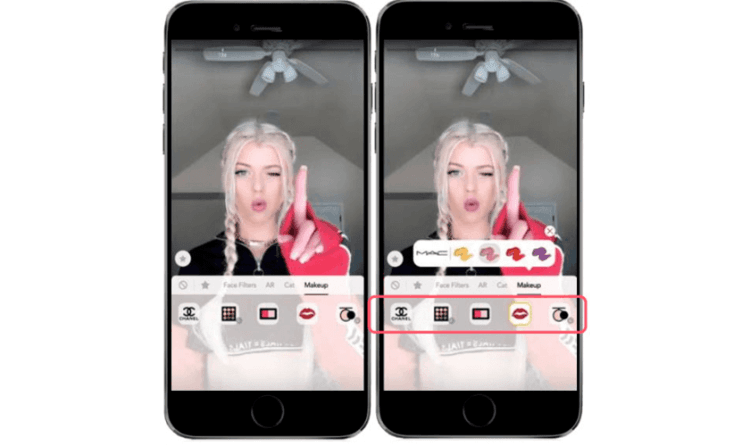
Other features on TikTok
Around 55% of users are actively creating content on TikTok each month rather than being a passive viewer. One of the interesting things about TikTok is that, unlike many other social platforms, users are not just engaging with content via likes, comments or shares, they’re also creating content as a way of response. There are certain features available on the app, where if used correctly, can help foster that level of engagement between your brand and users.
The Duet feature allows a user to feature their video alongside another user’s video in a split-screen – typically used for singing duets. This feature, however, opens up many other possibilities for interactions between brand and user, like having a conversation, finishing each other’s sentences or high fiving.
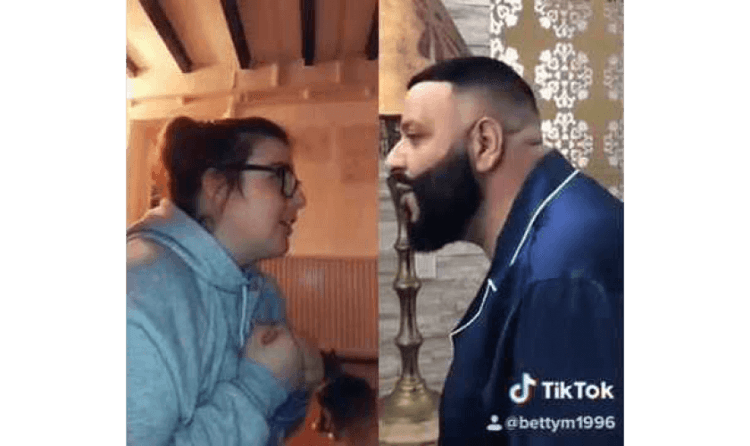
DJ Khaled, who is now an official partner of TikTok, played off his ‘Chief Motivational Officer’ brand persona by recording himself looking off-camera as if talking to someone, and paying compliments. Using the hashtag #CatchTheseBlessings, users were invited to upload videos using the duet feature to record themselves beside DJ Khaled, reacting to what he’s saying.
The React Feature allows users to film their reaction, which is overlaid in a small window on top of the video being reacted to. Brands can use this feature to invite users to react to their content. Alternatively, brands can increase engagement and foster relationships with users by reacting to the videos that users submit as part of a campaign.
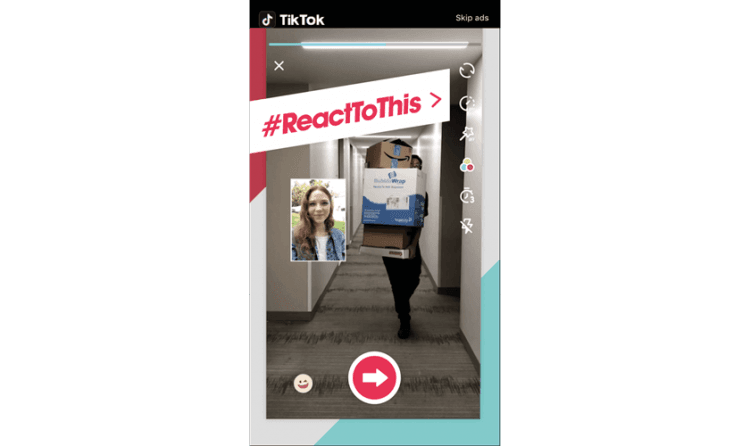
Three Tips for Success
For brands wanting to get on board the TikTok train, there are a few important things to consider to be successful.
- Because of the app’s young audience, TikTok is best for brands that offer relevance to its users’ interests, such as fashion, food, travel, retail and music. Brands that are about anything more serious are best sticking to other social platforms.
- TikTok should be used more as a tool to build brand awareness and engagement – not push sales. Brands need to align themselves with the nature of the app, which is about connecting and engaging with each other in creative ways. Also, with the app still being new to paid advertising, users don’t want to feel like they’re being sold to.
- Create content in the same way and style that users do. Using the app incorrectly could make your brand stick out like a sore thumb, leaving potential customers put off by your content and disengage with your brand. As a mobile-first app, TikTok is about creating authentic, in the moment content – not over-stylised and heavily commercial ads.

